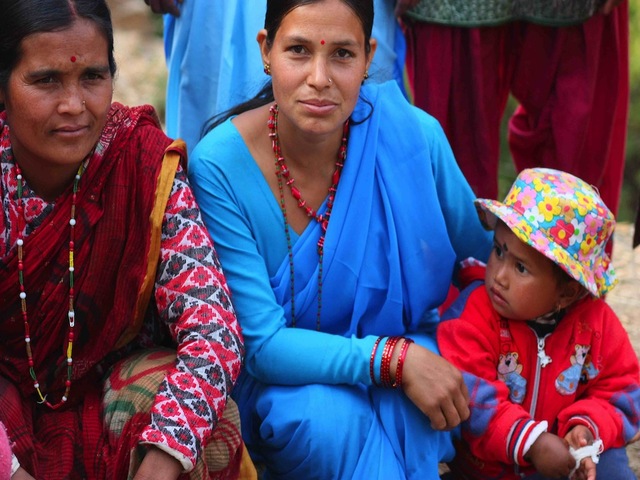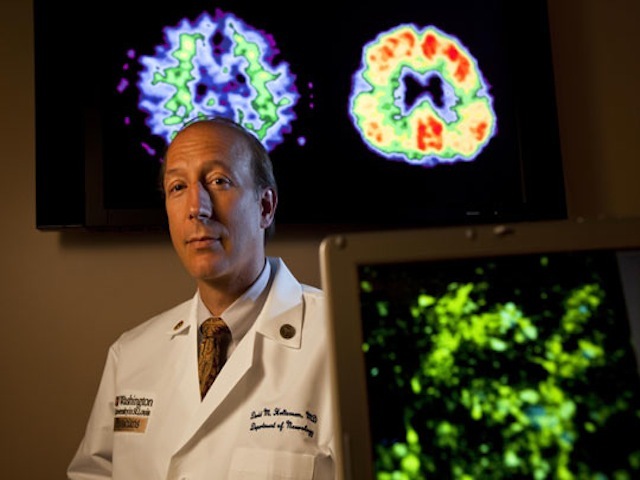Breaking a bone is a common occurrence; most of us will have either broken a bone or cared for a loved one with a fracture. Bones have a remarkable ability to heal. Yet all too often, even highly treatable fractures result in death and disability.
At Nepal’s Charikot Hospital, a government teaching and training facility where Possible works, we treat 150 to 200 orthopedic procedures per month, divided into soft tissue injury, fractures and extensive open surgery.
One recent case highlighted how vital a public health service orthopedic surgery truly is in mountainous regions, where timely care can be the difference between life or death. A worker in his forties had a large wooden shard pierce his thigh and shatter his femur. He was rushed to the hospital, where Charikot Hospital Medical Director Dr. Binod Dangal found the patient to be in shock from blood loss. After resuscitation, the team performed skeletal traction and surgery, saving his life and his limb. Now the patient can walk.
Yet the human organism is complex, and healthcare rarely follows a linear path. As it turns out, the patient also suffered from mental illness. Following surgery, clinicians noticed that he was showing signs of alcohol withdrawal, a life-threatening condition, which they treated on the inpatient service. A patient like this requires several months of follow-up for both his acute and chronic health issues. This is why integrated care delivery systems are so vital.
In a global health context, the demographic context of the patient and the environment in which this incident occurred is just as important. The patient was carried, on foot, by his relatives for almost 18 hours to reach the hospital– contributing to 36 hours of injury prior to seeing a doctor.
It is for patients like these that Possible, has affirmed our mission – to improve healthcare for the underserved – through a strategy of public sector integrated care delivery systems. This includes: 1) operating government-owned hospitals for teaching, training, research, and innovation; 2) scaling the integrated care delivery system through municipal control and partnership; and 3) leveraging evidence to shape public policy that advances integrated care, from the hospital to one’s home. This means a patient may undergo critical orthopedic surgery, but his health ultimately relies on a longitudinal model that is carried out by a Community Health Worker who can visit the patient’s home, and help connect him connect to mental health or additional services related to the patient’s conditions.
Ultimately, our goal is health systems change, which starts with on-the-ground practice, builds momentum through evidence-based research and policy, and scales with government adoption.






